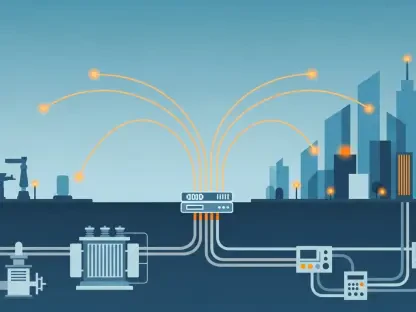The automotive industry currently finds itself at a strategic intersection. Major manufacturers are expanding dealership networks across the globe, aiming to capitalize on anticipated growth and evolving consumer demands in a complex market landscape. This analysis delves into whether these network expansions align with real market needs and evaluates the broader implications for manufacturers and dealerships.
Navigating a Reshaped Automotive Landscape
The evolution of the automotive industry has been marked by rapid technological advancements and heightened competition. This transformative journey laid the groundwork for the current dealership expansion strategy. Manufacturers are increasingly betting on larger networks as essential tools for maintaining competitiveness and meeting diverse consumer expectations amid fluctuating sales demands.
A Strategic Move in Competitive Markets
Growing dealership networks is a deliberate strategy to broaden market access and increase customer reach. Industry giants, including Maruti Suzuki, Hyundai, Tata Motors, and Toyota, are undertaking extensive expansions, spurred by the introduction of new models and the promise of future demand. Case studies of various manufacturers illustrate both the potential and pitfalls of such growth, accentuating how market alignment remains pivotal for success.
Tackling Internal Discrepancies and Potential Risks
While aiming to strengthen market strongholds, expanding dealerships can trigger internal disputes, often rooted in unrealistic wholesale targets and issues of territory overlap, leading to sales cannibalization. Discrepancies between anticipated sales volumes and the actual market uptake present significant risks, impacting operational function and increasing undue stress on dealership operations.
Regional Performance and Impact of Digital Platforms
Regional factors coupled with digital retail advancements significantly influence dealership outcomes. Variances in urban and rural dealership performances, coupled with the growth of online auto sales platforms, challenge traditional models. This dynamic requires careful strategy development in enhancing customer engagement and service delivery, especially in diverse geographic areas.
Projected Industry Shifts and New Roles for Dealerships
Emerging industry trends, including advancements in vehicle technology and shifting regulatory norms, promise to redefine the core functions of dealerships. The forecasted rise in integrated digital and physical dealership models emphasizes the need for sustainable practices and operational efficiency to stay competitive in this transforming market landscape.
Strategic Insights for Future Alignment
The analysis affirms that successful dealership expansion revolves around detailed strategic planning that aligns with market realities. To dodge future pitfalls, businesses should leverage data analytics for sharper market insights, strengthen manufacturer-dealer relationships, and pursue innovative, customer-focused approaches.
Maintaining a balanced expansion strategy in the auto industry necessitates thoughtful market assessments and adaptable execution planning. With an eye toward long-term positioning and a readiness to address immediate operational hurdles, manufacturers and dealers alike may experience enduring success amidst these fluctuating conditions. The industry faces an era defined by change, dictating that adaptability and foresight remain paramount.









